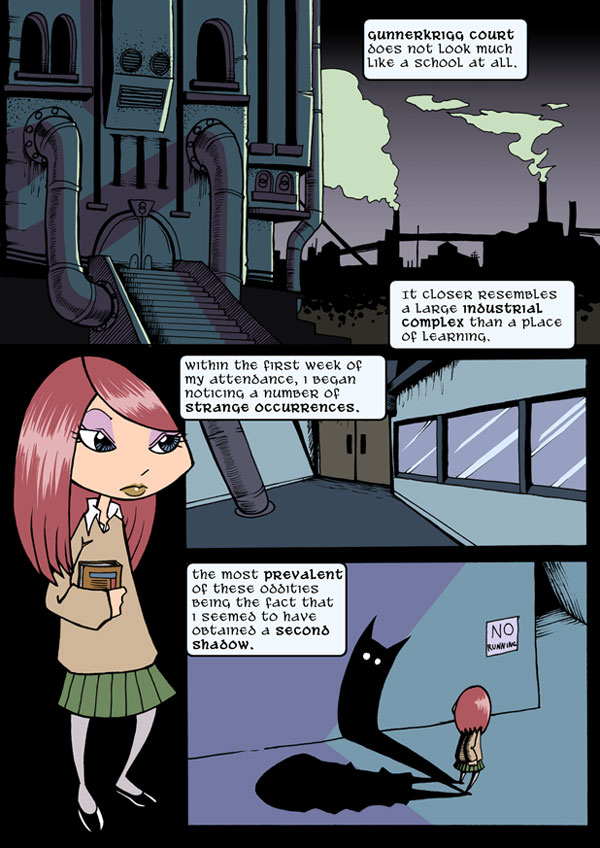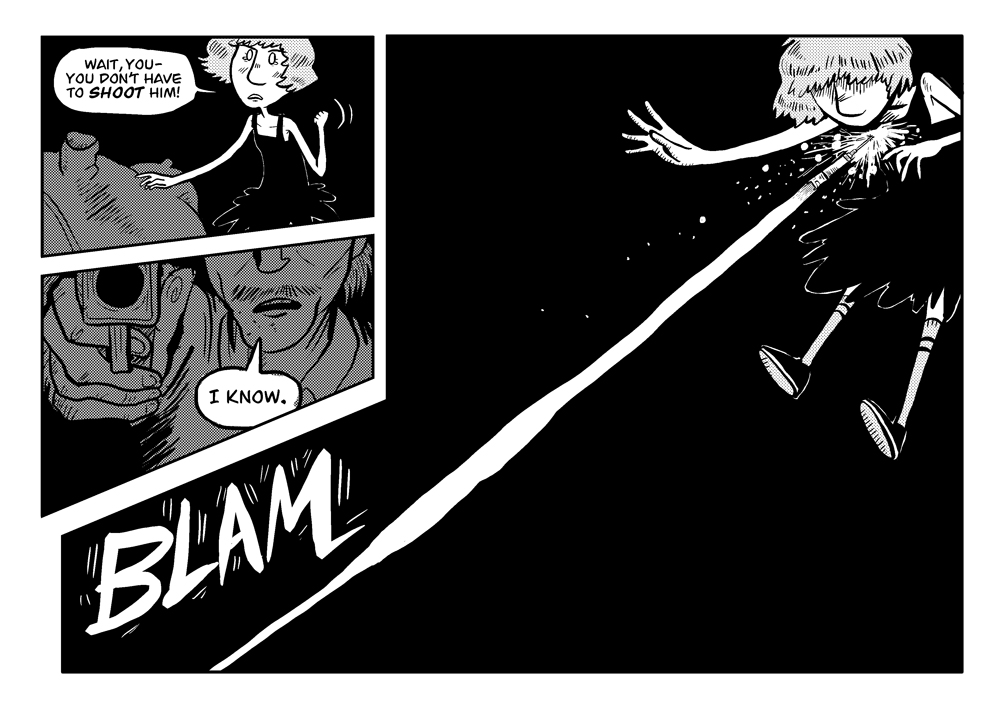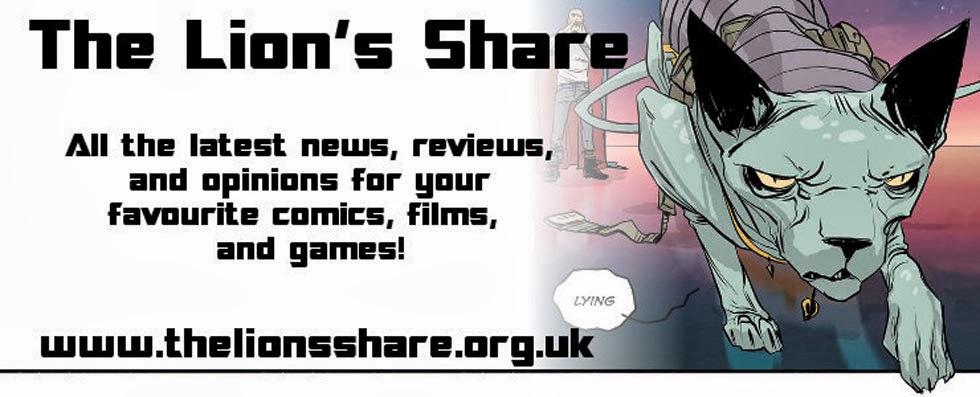I’ve realised something since starting these regular blog articles; it seems that I occupy my own little webcomic comfort zone, full of similar themes and styles, and I’ve since determined to slowly creep out of my rut for the sake of embracing diversity and for the good of the articles.
You see, I’m a fan of Fun. I’m a big advocate of joy, silliness (within reason), and doing things for the love of awesomeness, and my webcomic reading reflects that. I don’t mind a bit of drama or seriousness every now and then, it usually helps the story along, but I just can’t stand a story that’s overly heavy-going and full of despair. I think there’s enough of that in real life anyway. Likewise I’m not usually a big fan of gore or horror, but I have made exceptions if the concept surrounding the gore is a fun or unique one, as in Image’s comic book series Chew.

So lets start the metaphorical journey away from my comfort zone, in the silly inner city at the centre of my personal Fun-tropolis, and dead centre in the middle is Axe Cop. Axe Cop is a wonderful idea (the comic book artist Ethan Nicolle plays with his 5 year old brother Malachai, discovers his brother has a bottomless wellspring of awesome zany plot ideas, turns these ideas into an ongoing webcomic) executed beautifully, and I’m constantly blown away by its originality and child-logic innocence. Only a little boy can think up such joyous, crazy combinations of ideas and characters, and couple it with poop jokes. And the older brother, Ethan the artist, should get major props for taking his brother’s mad ramblings and actually creating a cohesive story out of them, and beautifully so at that!

As we work our way through the Gag-A-Day districts of Fun-tropolis, tipping our cap to Nedroid.com as we pass through, we find ourselves in the metaphorical suburbs. Here at the edge, we find webcomics that have a good helping of fun in them, but it isn’t the main ingredient. Instead they focus on telling a full story with proper consequences and characters I care for, like for example the excellent Gunnerkrigg Court by Tom Siddell (www.gunnerkrigg.com). Gunnerkrigg Court follows an unusual girl slowly growing up in a huge, oddly designed school full of pupils who are all in one way or another abnormal or magically endowed. It’s a wonderfully gothic comic that has a much deeper story than it first appears, with great characterisation throughout, and isn‘t afraid to have fun at times too. I realise now that like many of the webcomics I read in these suburbs, it hits all of the major bullet points I’m looking for: it’s full of great story ideas that initially hooked me in, characters you can really see reacting in believable ways, and hints of a larger narrative played out through themes or symbolism.

So with this list of attributes I hope to find elsewhere, I set out through the city limit gates and away from my comfort zone, with hope in my heart and a spring in my step. In the nearby foothills we find the newest addition to my reading list, Monster Pulse. This is the first webcomic I’ve read in a long time with the balance of drama and humour firmly tipped to the serious side, but I was instantly hooked by the intriguing story idea: what if something happened to make one of your body parts fly out of you and turn into a friendly fighting monster? What if it was your heart? It’s this concept and the great interesting characters that keep me coming back for more.

Moving further away from my comfort zone, we spot an old familiar landmark looming up through the mists: it has been quite some time since I read the entirety of the webcomic epic that is Rice Boy, but if you really want to see the best that webcomics have to offer, this is definitely required reading. Put simply, it’s the Lord Of The Rings in weird/symbolic webcomic form. I see that some new settlements have built up around the old landmark now, new stories told about the same setting, ‘Vattu’ in particular looks worthy of a good archive-trawl. I think, for now, this is as far as we go from my comfort zone. The landscape looks increasingly rocky and uneven from here on, but there are some interesting webcomics in this general area (the Abominable Charles Christopher looks quite good (It is - it's wonderful! BF)) that I may have to investigate further. Thank you for accompanying me on this short journey. I encourage you all to identify your own comfort zones, identify the deeper themes within, and venture out on your own journeys of discovery with those deeper themes as a guide.
Todd Marsh had fun writing this one. Can you tell?





































